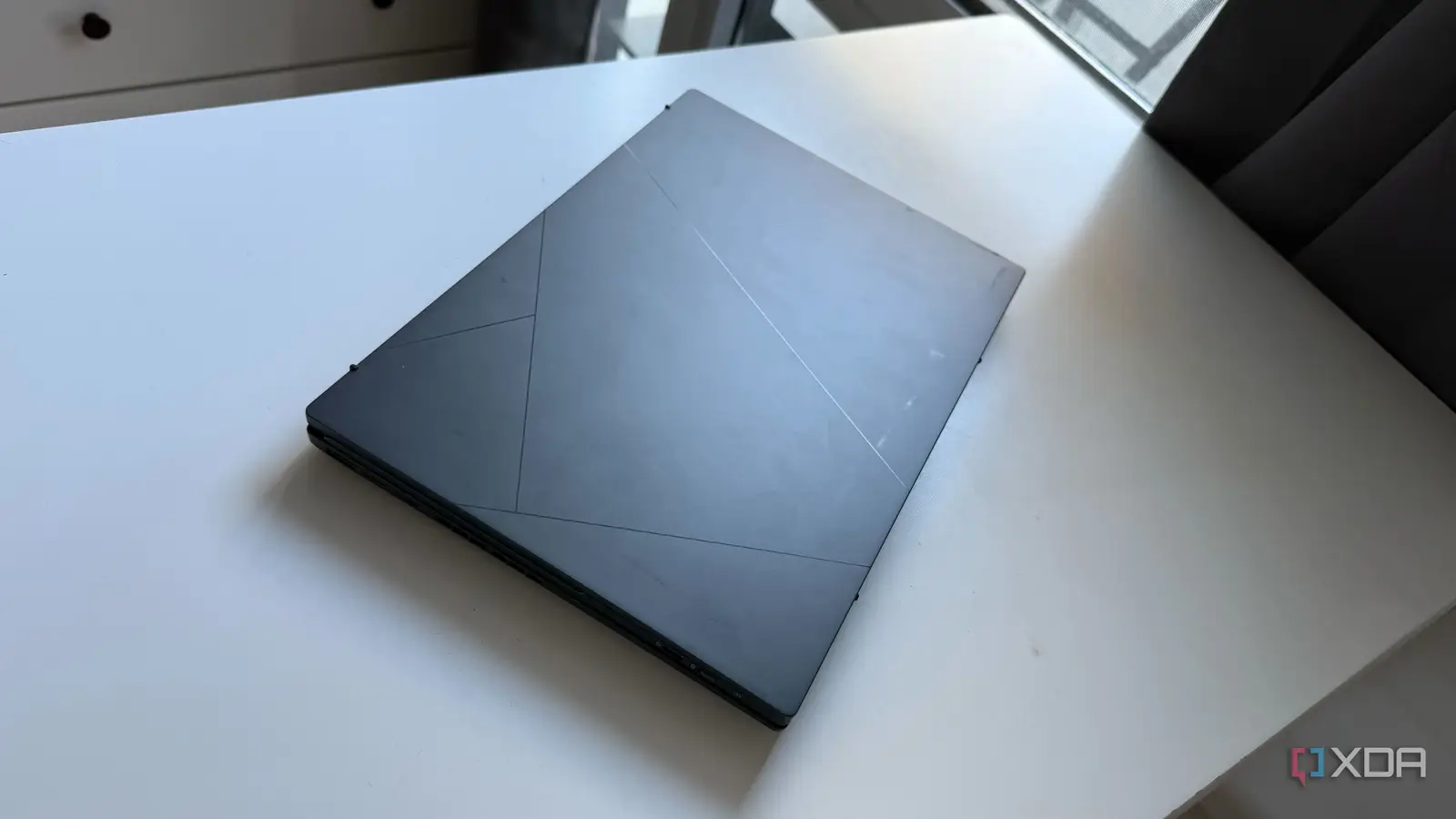
The vast majority of my work can be completed on a laptop, and my requirements for what I need aren’t unreasonable. Something fast, light, with a premium feel, that also doesn’t run out of battery quickly. I want to be able to close the lid, put it in my bag, and completely forget about it until I need it again. I don’t want to think about battery life at all, especially not when it’s not in use.
Apple gets full marks here for their MacBook Air that I drive daily, but on a recent leg of travel to Europe, I decided to give a Windows laptop a shot. The significantly bulkier, but more powerful ASUS Zenbook Duo was my choice, but as soon as I opened my bag to take it out on the plane, it was warm to the touch, and I remembered precisely why I don’t travel with a Windows laptop.
Sleep is important
Not just for humans, but for laptops too
My expectations for a laptop really aren’t that high, and among those, being able to close the lid and not worry about it passively sucking down battery is pretty high up on that list.
It’s one of those things I value most about my Mac. When I close it, I know it’s essentially frozen in time. Unless I leave it for months, it will still have juice when I go to open it again, and everything I had open will be exactly as I left it. This instant sleep and wake is especially crucial when traveling, because there will be moments where I have to stop what I’m doing on my laptop to attend to something else quickly. Windows laptops really struggle with this, and it’s not obvious as to why.
Windows laptops don’t sleep like they should
My trust has been eroded
When you close the lid of a Windows laptop, it will enter what’s known as “Modern Standby”, where certain components of the system still remain active. It’s also known as “S0” sleep, and this state keeps the CPU and other components semi-active instead of suspending your session to non-volatile memory, as the legacy sleep mode used to do. That legacy mode is known as “S3”, and isn’t supported on most laptops out of the box. You can enable it on some of them by changing a BIOS setting, but it really depends on the manufacturer of your device and the firmware they’ve created.
S0 sleep was developed to give Windows laptops that “smartphone-like” experience that Macs can give; your device still fetches notifications and updates, but isn’t supposed to perform really intensive tasks, and this is where things can go wrong. The conditions for Windows laptops to wake when they’re not supposed to, completely draining themselves doing tasks they don’t need to be doing, are seemingly random, at least to the end user.
I shouldn’t have to configure sleep states myself
If I close it, it shouldn’t be doing anything
Of course, as someone who knows their way around computers, if my laptop of choice supports S3 sleep, I can just configure it to use that, but why should I have to? The workarounds are exactly that: spending time configuring something simple that should work right out of the box is super frustrating.
Even if I do configure my Windows laptop to use S3 sleep or hibernation, when I open the lid to begin using it again, I’ll now have to wait for my system to resume, instead of picking up where I left off instantaneously. Interestingly, this issue isn’t exclusive to Windows, with many users reporting similar symptoms of pulling a very warm laptop with a dead battery from their bag. Modern Standby just isn’t configured correctly, and even if it is, OEMs aren’t using it properly. It doesn’t universally fail across all makes and models, and that’s what’s so frustrating—the inconsistency is what drives myself and a lot of users mad.
I enjoy pretty much everything else on my Windows laptops. Being on x86 means everything I use is supported, gaming is better suited, I have access to a touch screen, the list goes on. But with this weird tendency to wake up in my bag, it makes them a total dealbreaker for me, especially for travel. There’s only so much damage that can be done on a walk from my condo to a local coffee shop, but if I’m in transit for many hours, I need to be able to open and close the lid without thinking about where the nearest power outlet is.
Who’s to blame?
It’s hard to say exactly who’s to blame for the state of sleep and standby on Windows laptops. Microsoft themselves has to share some blame, as they’re pretty loose in how OEMs implement Modern Standby in their laptops, and they also don’t offer an adequate amount of control for users. OEMs are also responsible for not supporting legacy versions of sleep in firmware, but at the end of the day, both parties need to come together to create some sort of standard for how to handle sleep on their machines. I just want to be able to close my laptop and not be worried about it cooking itself in my bag.



